Ever wondered if your cat's weight is where it should be? A cat weight chart helps pet owners figure out if their feline friend is underweight, overweight, or just right.
Every cat has an ideal weight based on factors like breed, age, and body shape. Some domestic cats naturally weigh more, while others stay lean. But one thing is clear—keeping a healthy cat weight is important for long-term well-being.
An average cat weight ranges from 8 to 12 pounds, but that doesn't tell the whole story. Factors like body condition score, fat covering, and cat's body condition score BCS help determine if your cat is at a healthy size. Read on to learn how to assess your cat's weight and keep them in top shape!
Why Monitoring Your Cat's Weight is Important

A cat's weight affects their health, mobility, and life expectancy. Overweight cats have a higher risk of heart disease, joint swelling, and diabetes, while underweight cats may struggle with kidney disease, muscle loss, or weakened immunity.
Extra weight puts strain on their joints, making movement difficult, while being too thin can lead to fatty liver disease or lack of energy. Keeping your feline friend at an ideal weight helps prevent these issues and supports a longer, healthier life.
Checking your cat's body condition regularly is key. Run your hand along their ribs—there should be a thin layer of fat, but you should still feel their bones. If their cat's belly sags or they have additional fat pads, they may need a weight management plan.
A healthy diet, portion control, and high-quality cat food help maintain their ideal body condition score. If you're unsure, check a cat weight chart or get veterinary advice to ensure your cat stays in the best shape possible.
Cat Weight Chart: Understanding Healthy Weight Ranges
Cats vary in size, and what’s considered a healthy weight depends on their breed, age, and build. A cat weight chart helps pet parents compare their cat's current weight to the average weight for their breed. Some domestic cats, like the Maine Coon or Ragdoll, naturally weigh more, while breeds like the Cornish Rex stay lean.
If your cat falls outside the expected weight range, it might be time to adjust the cat's diet or check with a veterinary nurse. Keeping a healthy weight helps prevent health concerns like heart disease and weight gain-related issues. Use the chart as a guide, but remember—every feline friend is unique, and weight alone doesn't tell the full story.
How to Use the Cat Weight Chart for Reference
A cat weight chart helps you determine if your cat is at an ideal weight based on their breed and body size. While some cats are naturally larger or smaller, straying too far from the average weight could mean they are overweight or underweight.
This chart helps pet parents compare their cat's current weight to standard weight ranges, making it easier to spot potential weight management concerns. But numbers alone don't tell the whole story. It's also important to look at their body shape, fat covering, and overall condition.
In the next section, we'll go over how to compare your cat's weight to the chart and what signs to watch for.
| Cat Breed | Average Female Weight (lbs) | Average Male Weight (lbs) | Average Female Weight (kg) | Average Male Weight (kg) |
|---|---|---|---|---|
| Abyssinian | 6–8 | 8–10 | 2.7–3.6 | 3.6–4.5 |
| American Shorthair | 6–10 | 11–15 | 2.7–4.5 | 5.0–6.8 |
| British Shorthair | 7–12 | 9–17 | 3.2–5.4 | 4.1–7.7 |
| Bengal | 8–12 | 10–15 | 3.6–5.4 | 4.5–6.8 |
| Chartreux | 6–9 | 10–14 | 2.7–4.1 | 4.5–6.4 |
| Maine Coon | 10–15 | 13–18 | 4.5–6.8 | 5.9–8.2 |
| Norwegian Forest Cat | 8–14 | 10–16 | 3.6–6.4 | 4.5–7.3 |
| Oriental | 5–8 | 7–10 | 2.3–3.6 | 3.2–4.5 |
| Persian | 7–10 | 9–14 | 3.2–4.5 | 4.1–6.4 |
| Ragdoll | 10–15 | 15–20 | 4.5–6.8 | 6.8–9.1 |
| Russian Blue | 7–10 | 10–12 | 3.2–4.5 | 4.5–5.4 |
| Siamese | 6–10 | 9–14 | 2.7–4.5 | 4.1–6.4 |
| Siberian | 8–12 | 12–17 | 3.6–5.4 | 5.4–7.7 |
| Sphynx | 6–9 | 8–12 | 2.7–4.1 | 3.6–5.4 |
| Turkish Van | 7–12 | 10–16 | 3.2–5.4 | 4.5–7.3 |
| Birman | 6–10 | 9–12 | 2.7–4.5 | 4.1–5.4 |
| Scottish Fold | 6–9 | 9–13 | 2.7–4.1 | 4.1–5.9 |
| Devon Rex | 5–8 | 6–9 | 2.3–3.6 | 2.7–4.1 |
| Balinese | 5–7 | 6–10 | 2.3–3.2 | 2.7–4.5 |
| Tonkinese | 6–10 | 8–12 | 2.7–4.5 | 3.6–5.4 |
| American Curl | 5–8 | 7–10 | 2.3–3.6 | 3.2–4.5 |
| American Bobtail | 7–11 | 12–16 | 3.2–5.0 | 5.4–7.3 |
| Asian | 6–9 | 9–12 | 2.7–4.1 | 4.1–5.4 |
| Bombay | 6–10 | 8–11 | 2.7–4.5 | 3.6–5.0 |
| Burmese | 6–10 | 8–12 | 2.7–4.5 | 3.6–5.4 |
| Cornish Rex | 5–7 | 6–9 | 2.3–3.2 | 2.7–4.1 |
| Egyptian Mau | 6–10 | 8–12 | 2.7–4.5 | 3.6–5.4 |
| Exotic Shorthair | 6–10 | 9–14 | 2.7–4.5 | 4.1–6.4 |
| Himalayan | 7–11 | 9–14 | 3.2–5.0 | 4.1–6.4 |
| Japanese Bobtail | 5–7 | 7–10 | 2.3–3.2 | 3.2–4.5 |
| Korat | 6–8 | 8–10 | 2.7–3.6 | 3.6–4.5 |
| LaPerm | 5–8 | 7–10 | 2.3–3.6 | 3.2–4.5 |
| Manx | 7–9 | 9–13 | 3.2–4.1 | 4.1–5.9 |
| Munchkin | 5–8 | 6–9 | 2.3–3.6 | 2.7–4.1 |
| Ocicat | 6–9 | 9–14 | 2.7–4.1 | 4.1–6.4 |
| Peterbald | 6–9 | 7–10 | 2.7–4.1 | 3.2–4.5 |
| Ragamuffin | 10–15 | 14–20 | 4.5–6.8 | 6.4–9.1 |
| Savannah | 12–15 | 13–20 | 5.4–6.8 | 5.9–9.1 |
| Selkirk Rex | 6–10 | 11–16 | 2.7–4.5 | 5.0–7.3 |
| Singapura | 4–6 | 5–8 | 1.8–2.7 | 2.3–3.6 |
Comparing Your Cat's Weight to the Chart: What's Normal?
A healthy cat weight depends on breed, sex, and body type. The cat weight chart lists the average weight for different breeds, giving you a reference point for your cat's ideal weight. A male cat often weighs more than a female of the same breed, and some domestic cats, like the Maine Coon, are naturally heavier than smaller breeds like the Cornish Rex.
But pet obesity prevention isn't just about the scale. If your cat's weight is within the range but they have additional fat pads, a sagging belly, or no visible waist, they may be carrying excess weight.
Underweight cats may have thin ribs, visible hip bones, or a severe tummy tuck. If you're unsure, feel along their ribs—you should notice a thin layer of fat but not too much padding. If something seems off, adjusting their cat's diet or getting veterinary advice can help keep them at a healthy size.
General Weights Based on Cat Breed Sizes
Understanding the typical weight ranges for different cat breeds helps ensure your feline friend maintains a healthy weight. Cats generally fall into three categories: small, medium, and large breeds. Each category has its own average weight range, influenced by factors like genetics and body structure.
Small Cats: Healthy Weight Ranges

Small cat breeds are typically lightweight and have a slender build. Examples include:
- Siamese: 5–10 pounds (2.3–4.5 kg)
- Cornish Rex: 5–10 pounds (2.3–4.5 kg)
- Devon Rex: 6–9 pounds (2.7–4.1 kg)
- Singapura: 4–8 pounds (1.8–3.6 kg)
- Oriental Shorthair: 5–10 pounds (2.3–4.5 kg)
- Balinese: 8–15 pounds (3.6–6.8 kg)
Maintaining a healthy weight within these ranges is crucial for the well-being of these petite breeds.
Medium Cats: Healthy Weight Ranges
Medium-sized cat breeds have a balanced build and moderate weight. Examples include:
- American Shorthair: 8–12 pounds (3.6–5.4 kg)
- British Shorthair: 9–18 pounds (4.1–8.2 kg)
- Bengal: 9–15 pounds (4.1–6.8 kg)
- Siberian: 10–20 pounds (4.5–9.1 kg)
- Abyssinian: 8–12 pounds (3.6–5.4 kg)
- Scottish Fold: 6–13 pounds (2.7–5.9 kg)
Keeping these breeds within their ideal weight range supports their overall health and activity levels.
Large Cats: Healthy Weight Ranges
Large cat breeds are known for their substantial size and robust build. Examples include:
- Maine Coon: 15–25 pounds (6.8–11.3 kg)
- Norwegian Forest Cat: 13–20 pounds (5.9–9.1 kg)
- Ragdoll: 10–20 pounds (4.5–9.1 kg)
- Savannah: 12–25 pounds (5.4–11.3 kg)
- Chausie: 15–25 pounds (6.8–11.3 kg)
- Ragamuffin: 8–20 pounds (3.6–9.1 kg)
Ensuring these larger breeds stay within their healthy weight range is vital for preventing health issues.
Regularly monitoring your cat's weight and consulting with a veterinarian can help maintain their ideal body condition, contributing to a happy and healthy life.
How to Maintain Your Cat's Ideal Weight
Keeping your cat at a healthy weight is one of the best things you can do for their overall well-being. Extra weight can lead to heart disease, joint swelling, and other health concerns while being too thin can cause low energy, a weakened immune system, or underlying health problems.
A balanced cat's diet, proper portion control, and regular activity help maintain their ideal weight. Whether your feline friend needs to lose weight, gain weight, or simply stay on track, small changes can make a big difference. Let's explore the best ways to keep your cat's weight in check.
Proper Feeding: Portion Control and Balanced Diet
Feeding your cat the right amount of cat food is just as important as choosing the right type. Overfeeding leads to weight gain and increases the risk of obese cats, while underfeeding results in underweight cats struggling with low energy and muscle loss.
Here's how to keep portions under control and ensure a balanced diet:
- Measure portions. Adjust meal portions based on your cat’s weight, age, and energy levels for optimal health.
- Stick to a feeding schedule. Most adult cats do best with two measured meals a day.
- Limit treats. Treats should make up no more than 10% of your cat's daily intake.
- Choose high-quality cat food. Look for options with high protein and healthy fats to support a healthy cat weight.
- Monitor body condition. Run your hand along your cat's ribs. You should feel a thin layer of fat but not excessive padding.
Every cat is different, so keep an eye on weight changes and adjust portions as needed. Up next, we'll go over feeding tips for underweight and overweight cats.
Underweight Cat Diet and Feeding Suggestions

If your cat is severely underweight, they may lack energy, have visible ribs or hip bones, or struggle to keep weight on despite eating. Increasing caloric intake with the right cat food can help them reach a healthy size.
Try these feeding strategies for underweight cats:
- Frequent, smaller meals make eating easier and more appealing for your cat.
- Choose high-calorie, nutrient-dense food with protein and healthy fats.
- Warm up wet food slightly to enhance the aroma and make it more appealing.
- Incorporate nutrient-rich treats in moderation.
- Rule out underlying health problems with a veterinary nurse if weight gain is slow.
Gaining weight should be gradual, so monitor progress and adjust meals as needed.
Overweight Cat Diet and Feeding Suggestions
Overweight cats are at risk for heart disease, fatty liver, and mobility issues. If your cat is overweight, making small changes to their diet and feeding routine can help with weight management.
Here's how to help a cat lose weight safely:
- Measure portions carefully. Stick to precise servings and avoid free-feeding.
- Choose a high-protein, low-carb diet to support weight loss while keeping muscle mass intact.
- Cut back on high-calorie treats and opt for healthier alternatives.
- Encourage activity with interactive toys and play sessions.
- Track weight progress and check for obvious waist or reduced fat pads.
Weight loss should be slow and steady, rapid changes can lead to health problems. If you're unsure where to start, get veterinary advice to create a weight management plan.
Regular Exercise: How Much Activity Does Your Cat Need?
Exercise plays a big role in weight management and overall health. Cats aren't as active as dogs, but they still need daily movement to stay at a healthy weight. The amount of exercise depends on factors like breed, age, and body condition. High-energy breeds, like Bengals and Abyssinians, need more activity, while domestic cats with a laid-back personality may need extra encouragement.
Most cats should have 20–30 minutes of playtime daily to maintain a healthy size. Regular activity helps prevent weight gain, pet obesity prevention, and health problems like heart disease and joint strain. Tailored activities can support weight loss or muscle growth, depending on your cat’s needs.
Underweight Cat Exercise Suggestions
If your cat is underweight or losing weight, exercise should focus on building muscle and strength without burning too many calories. Cats with a severe tummy tuck, thin ribs, or hip bones showing need gentle, short sessions to improve endurance.
Here's how to help underweight cats stay active without overexertion:
- Short but frequent play sessions. 5 to 10 minutes of interactive play a few times a day.
- Interactive toys like wands or laser pointers make it easy to get your cat moving with minimal effort.
- Let them climb. Cat trees or shelves help build muscle without overworking them.
- Encourage slow, controlled movements. Wand toys that mimic prey movements engage them at their pace.
- Monitor weight and energy levels. If they seem too tired, shorten playtime.
Keeping your feline friends active while helping them gain weight ensures they build lean muscle without burning too many calories.
Overweight Cat Exercise Suggestions
Overweight cats need regular exercise to lose weight and improve their body condition score. A cat with fat pads, minimal belly fat, or an obvious waist may need more activity to reach their ideal weight.
Ways to help overweight cats get moving:
- Start slow. Gradually increase playtime to avoid overexertion.
- Use food puzzles. Make them "hunt" for cat food to add activity.
- Encourage climbing. A cat tree or shelves can help burn calories.
- Schedule daily play sessions. Aim for at least 30 minutes of movement per day.
- Try interactive toys. Laser pointers, feather wands, or treat-dispensing balls keep them engaged.
Regular movement helps overweight cats burn calories safely while improving their body shape and overall health.
The Benefit of Weight and Muscle Support Supplements

Some felines might need a little extra help keeping a healthy weight. Maybe they're struggling to gain weight, or they need more muscle to stay strong. That's where weight gainers and CBD products might be useful. Weight support supplements may provide extra calories and protein, while CBD might help with appetite, digestion, and relaxation.
-
Cat Weight Gainers and Muscle Supplements
If your cat is lacking weight, they may need more nutrients to help them stay strong. High-calorie pastes, omega-rich oils, and protein powders may support weight gain and muscle growth. Look for high-quality natural ingredients like chicken liver, flaxseed, salmon oil, whey protein, and taurine to support muscle health and weight balance in a gentle, nutritious way. -
CBD Cat Treats and Calming Chews
Stress can seriously affect a cat’s appetite, leading to skipped meals or picky eating. CBD may help by supporting the endocannabinoid system, which plays a role in mood and appetite regulation. Our CBD Cat Treats feature a tasty salmon flavor that may encourage eating, while our CBD Calming Chews offer extra support for nervous cats—helping ease tension and support healthier eating habits without drowsiness.
When to Seek Help from a Veterinarian for Weight Issues
If your cat's weight isn't improving with diet and exercise, it may be time to see a veterinary nurse. Overweight cats are at risk for heart disease, joint swelling, and fatty liver, while underweight cats may struggle with malnutrition or muscle loss.
A vet can assess your cat's body condition score BCS, check for underlying health concerns, and recommend the best weight management plan. If your feline friend has a severe tummy tuck, additional fat pads, or noticeable changes in appetite, professional advice can help get them back to a healthy size.
Signs That Your Cat's Weight Is Affecting Their Health
If your cat's current weight is causing health problems, you may start noticing physical or behavioral changes. Keep an eye out for these warning signs:
- Lethargy – Less energy, reduced playfulness, or sleeping more than usual.
- Difficulty breathing – Shortness of breath, especially after minimal activity.
- Joint pain or stiffness – Trouble jumping, climbing, or walking smoothly.
- Refusing to eat – Sudden disinterest in cat food or rapid weight loss.
- Malnutrition – Thin ribs, hip bones showing, or a severely underweight appearance.
- Excessive panting – Unusual heavy breathing, even when resting.
If you notice any of these signs, consult a veterinary nurse for veterinary advice.
Final Thoughts on Cat Weight and Health Monitoring
A well-balanced weight helps your cat move easily, stay playful, and enjoy a better quality of life. Overweight cats are at risk for heart disease and joint strain, while underweight cats may struggle with low energy and malnutrition. Checking their body condition regularly and using a cat weight chart can help you track any changes and adjust their diet or activity level as needed.
A good diet, portion control, and regular exercise all play a role in maintaining a healthy cat weight. Natural supplements, like CBD treats and oils, can also support appetite, digestion, and relaxation. Small, consistent efforts make a big difference in your cat's health and quality of life.



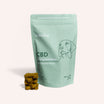



![Probiotics For Dogs [Soft Chews] - HolistaPet](http://www.holistapet.com/cdn/shop/files/Probiotic-Infographic-1_472d7a29-e30c-435a-9638-1365d8c3a9f9.jpg?v=1725384841&width=104)
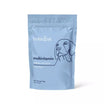



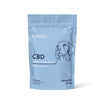


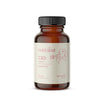

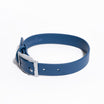
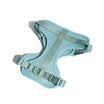
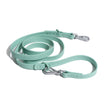
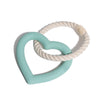
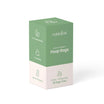
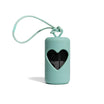

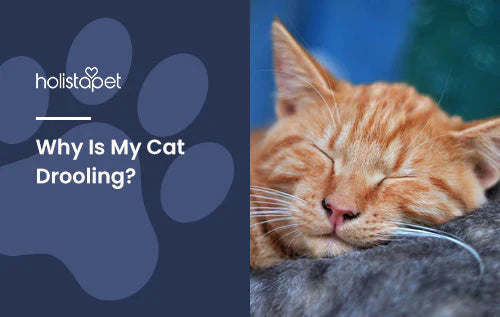

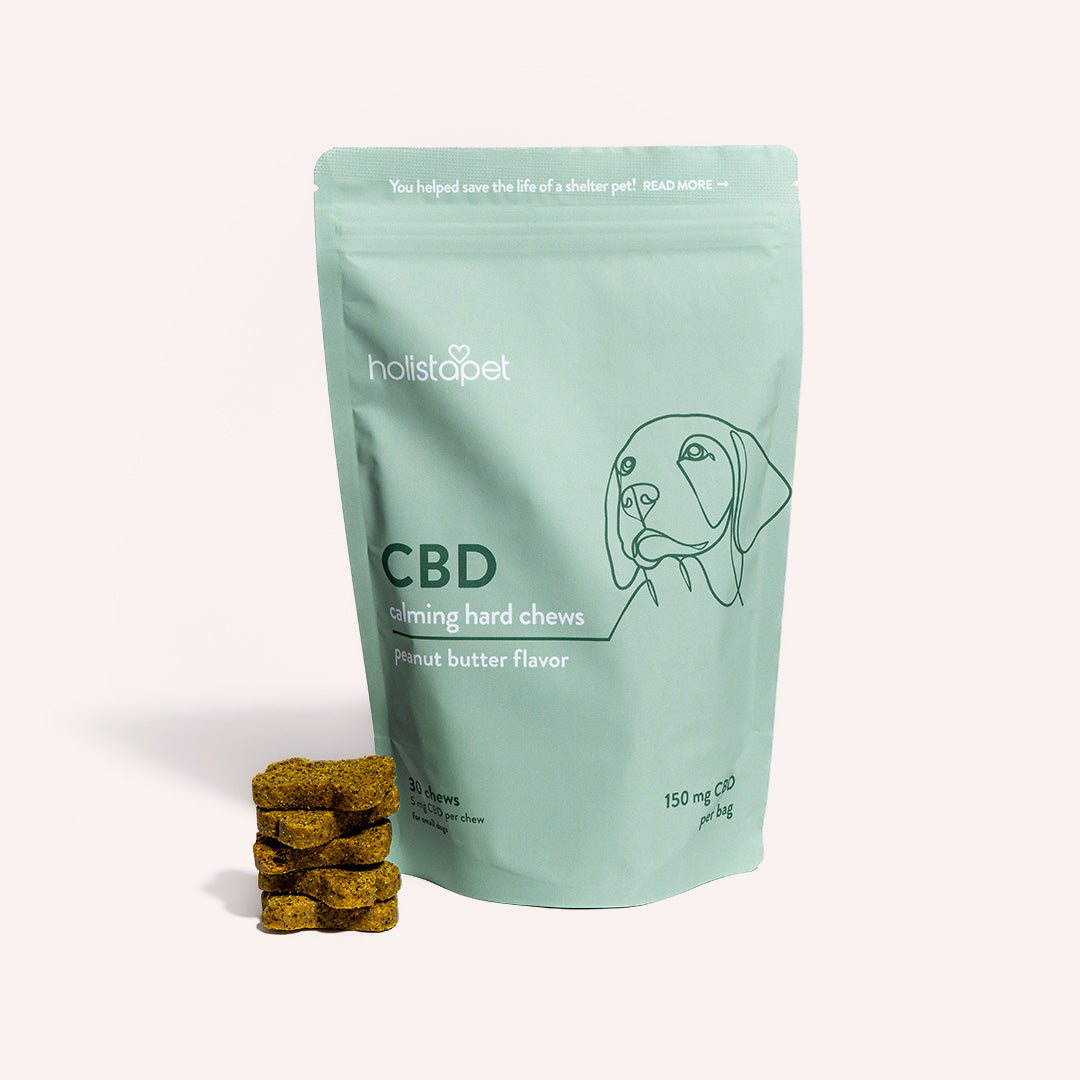

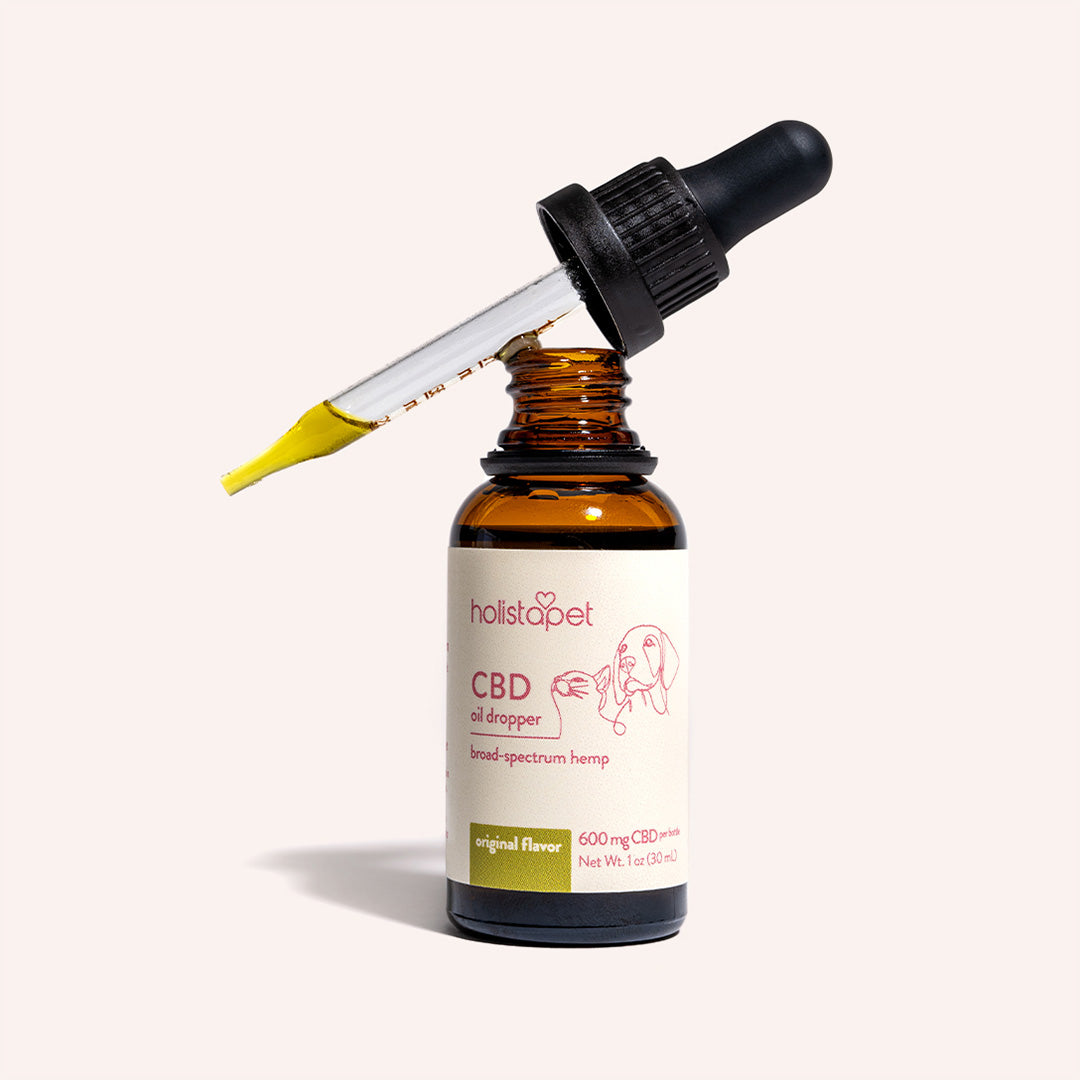
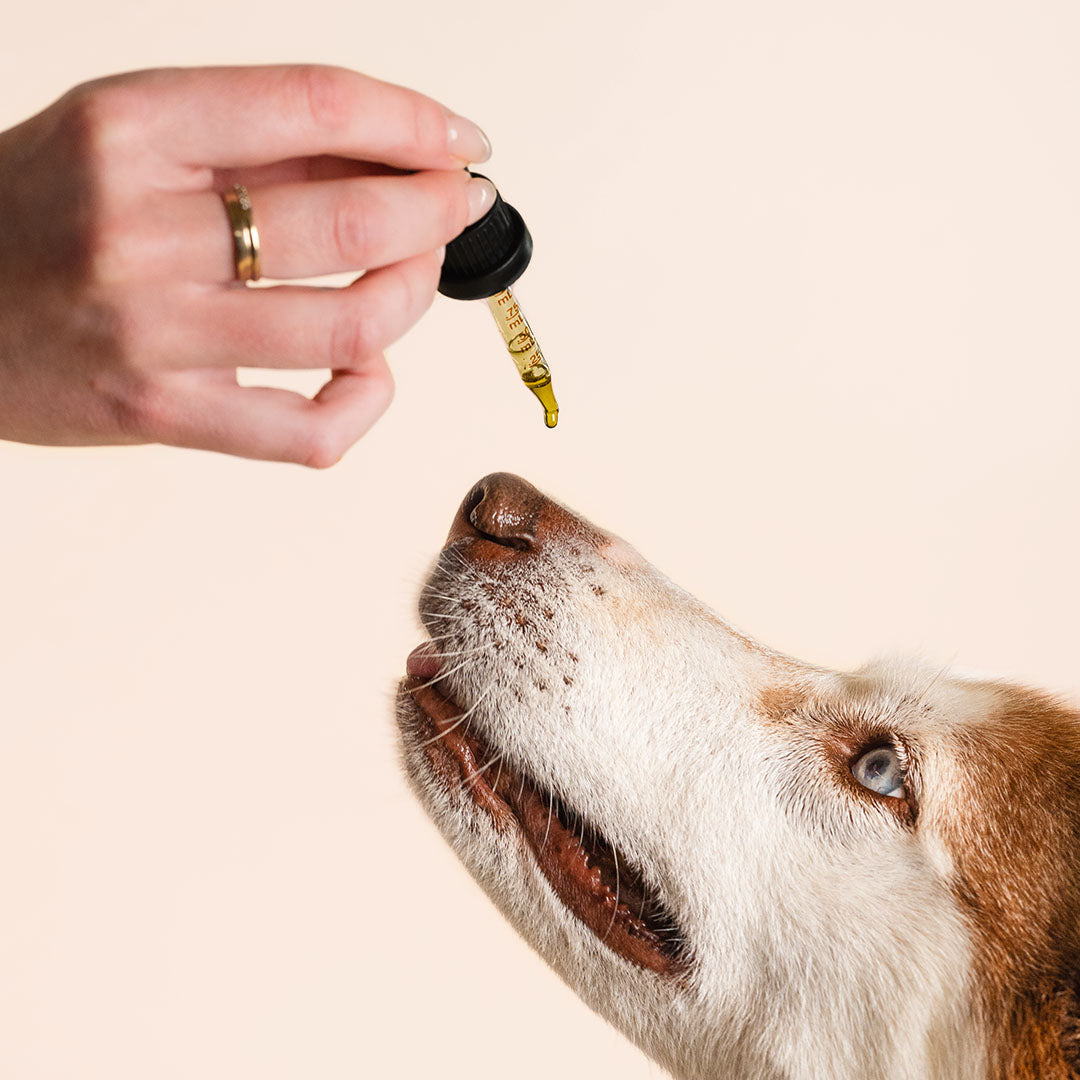


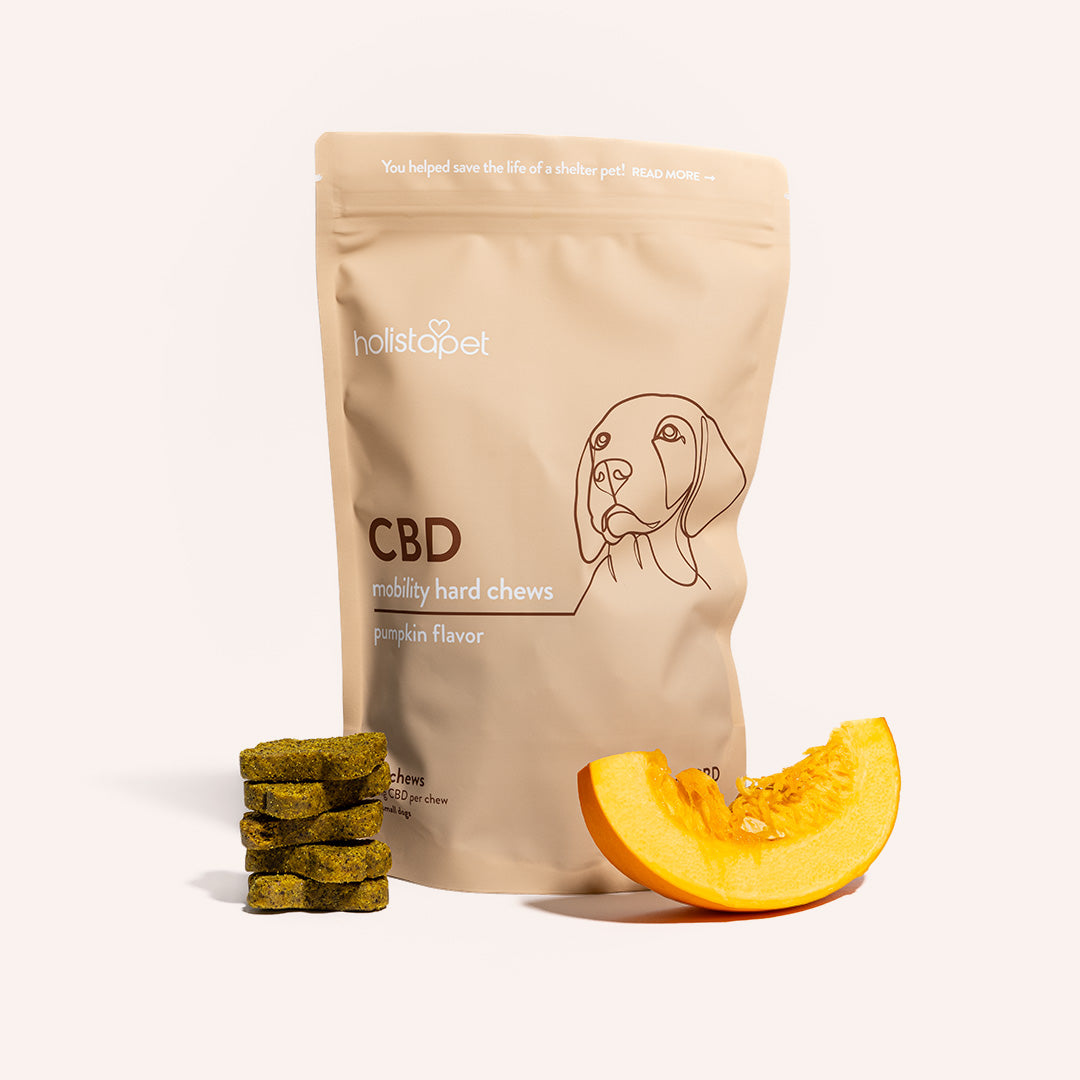


Leave a comment
All comments are moderated before being published.
This site is protected by hCaptcha and the hCaptcha Privacy Policy and Terms of Service apply.